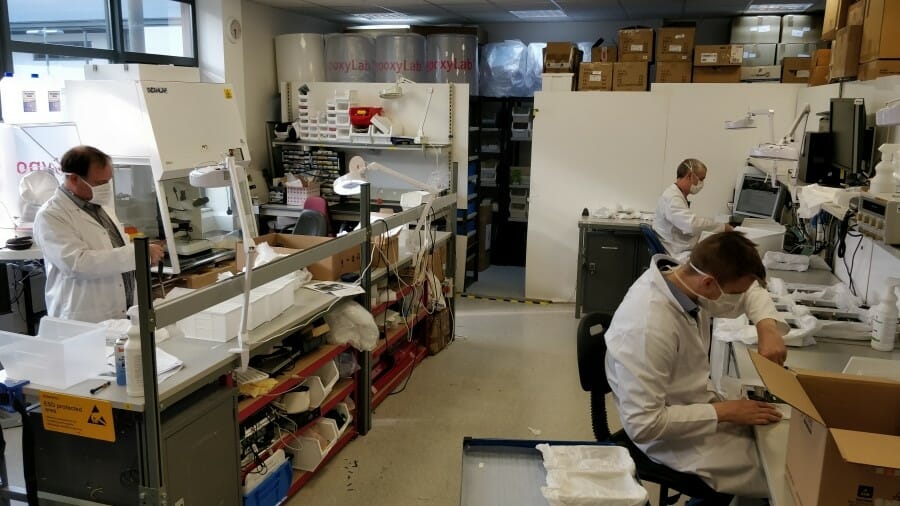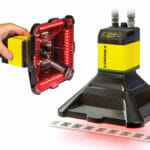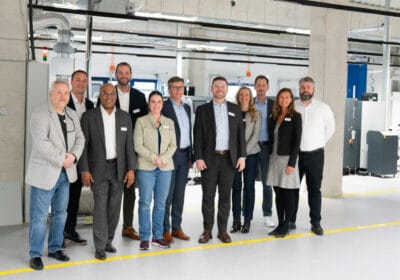Covid-19 Oxygen Monitor – 2 Years’ Work in 5 Days
In March 2020 the team at Oxford Optronix were dealt a challenge. The Covid-19 pandemic was hitting the UK, and the company had just been asked to join a high-tech consortium to supply cPAP medical devices to the National Health Service. Desperately needed for Covid patients with breathing difficulties, continuous Positive Airway Pressure (cPAP) devices were in short supply across the NHS. Specifically, an oxygen monitoring device was required to continuously monitor the concentration of oxygen being delivered to the patient and to provide alarms should the oxygen levels deviate from prescribed limits. But how do you design and build a brand-new medical device from scratch in just five days?
‘On 21st March, I received an urgent call from Professor Mervyn Singer of University College London Hospital explaining to me the vital importance of cPAP in supporting COVID-19 patients with breathing difficulties, especially in those cases where conventional ventilation isn’t justified or potentially injurious to the patient. Minutes later, I was being quizzed on how to design, develop and manufacture a monitor to continuously measure the concentration of oxygen being delivered to the patient via cPAP. I soon realised that Mervyn was rather politely asking me to do something in five days that would normally take two years!’ – Dr Andy Obeid, CEO Oxford Optronix
The Oxford Optronix engineering team immediately realised they’d need a touchscreen interface, to display the current oxygen concentration and also allow users to set upper and lower alarm limits for patient safety. Normally this would involve sourcing suitable display hardware, writing code to drive the display and generate the interface, and integrating the display with the oxygen sensor and other electronics. Each of these stages alone would usually take months to complete.
Fortunately, Oxford Optronix was already familiar with Lascar’s PanelPilotACE, a unique integrated touch screen with the processing power needed for the oxygen monitor. Most importantly, Lascar’s Design Studio software would mean nobody would need to write any code: Design Studio features a library of ready-made graphical and functional elements you can drag and drop, and easily combine with system inputs and outputs. In fact, the basic interface was ready in just a few hours, with no electronic integration required – the 4 to 20 mA output from the oxygen sensor could be plugged straight into the ACE.
‘I knew we needed something that would enable us to design and build a touchscreen interface, with process control, in under a week. PanelPilotACE was that product.’ – Stephen Douglas, Technical Director Oxford Optronix
Lascar was more than happy to provide technical support to the development team and working collaboratively, the first prototype Flo-Ox oxygen monitors were being tested only a week after the initial phone call. Other parts of the cPAP were being manufactured by the Mercedes Formula 1 team and combined with the technical and medical expertise at UCL the system was quickly approved for patient use. By frantically working round the clock and mobilising every individual in the company Oxford Optronix were able to manufacture and deliver 2,000 Flo-Ox monitors to the NHS in just 8 days – a whirlwind of an achievement.
‘Well, we did it.’ – Dr Andy Obeid








